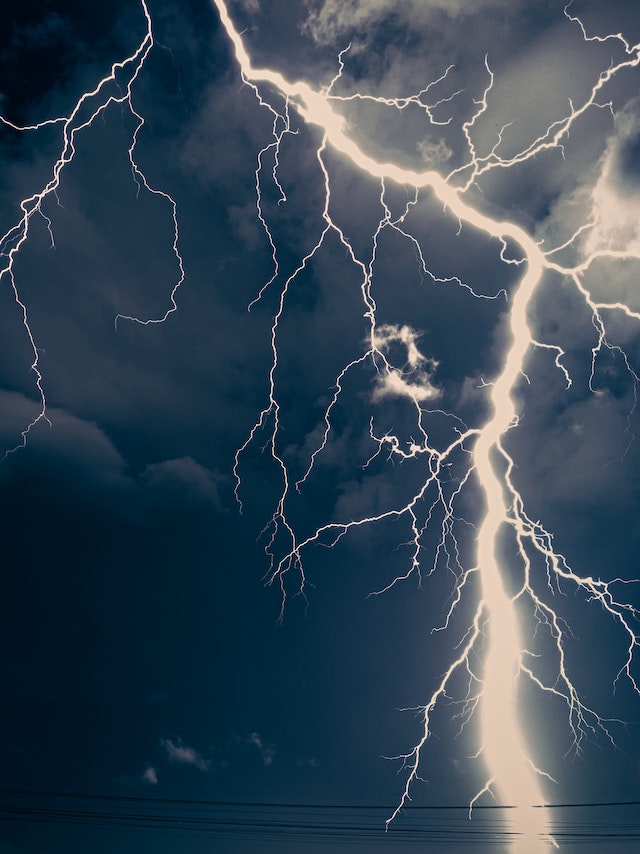When the Sun unleashes a powerful solar outburst, it’s essential to understand the underlying science behind these phenomena. Solar outbursts typically refer to two main types of events: solar flares and coronal mass ejections (CMEs). Here’s a breakdown of the science behind each of these phenomena:
1. Solar Flares: Solar flares are intense explosions that occur in the Sun’s atmosphere, specifically in the vicinity of sunspots. Sunspots are regions of intense magnetic activity on the Sun’s surface. The underlying cause of a solar flare is the rapid release of magnetic energy stored in the Sun’s magnetic field.
The process begins with the emergence or rearrangement of magnetic field lines in the vicinity of a sunspot. The interaction and reconfiguration of these magnetic fields generate a tremendous amount of energy. This energy is then rapidly converted into heat, electromagnetic radiation (including X-rays and ultraviolet light), and high-energy particles such as electrons and protons.
The released energy can be equivalent to millions of atomic bombs exploding simultaneously. The radiation and particles produced during a solar flare can travel at nearly the speed of light and can have a direct impact on the Earth and its surrounding space environment.
2. Coronal Mass Ejections (CMEs): Coronal mass ejections are massive eruptions of plasma and magnetic fields from the Sun’s corona, the outermost layer of its atmosphere. CMEs often occur in conjunction with solar flares but can also happen independently. These events typically involve the expulsion of billions of tons of matter into space at speeds ranging from several hundred to thousands of kilometers per second.
CMEs are triggered by the destabilization and eruption of twisted magnetic field structures in the Sun’s corona. As the magnetic field lines become increasingly distorted, they reach a critical point where they can no longer hold back the matter and magnetic energy stored beneath them. This results in a powerful expulsion of plasma and magnetic fields into the surrounding space.
When a CME is directed toward the Earth, its magnetic fields can interact with our planet’s magnetic field. This interaction can cause significant disturbances in the magnetosphere, resulting in geomagnetic storms and other space weather phenomena.
It’s worth noting that the precise mechanisms triggering solar flares and CMEs are still areas of active research. Scientists use a combination of observational data, theoretical models, and simulations to understand these phenomena and improve space weather forecasting.
Studying and understanding the science behind solar outbursts is crucial for space weather forecasting, as it helps scientists and researchers anticipate and mitigate potential impacts on Earth’s technological infrastructure, satellite communications, power grids, and human activities in space.











